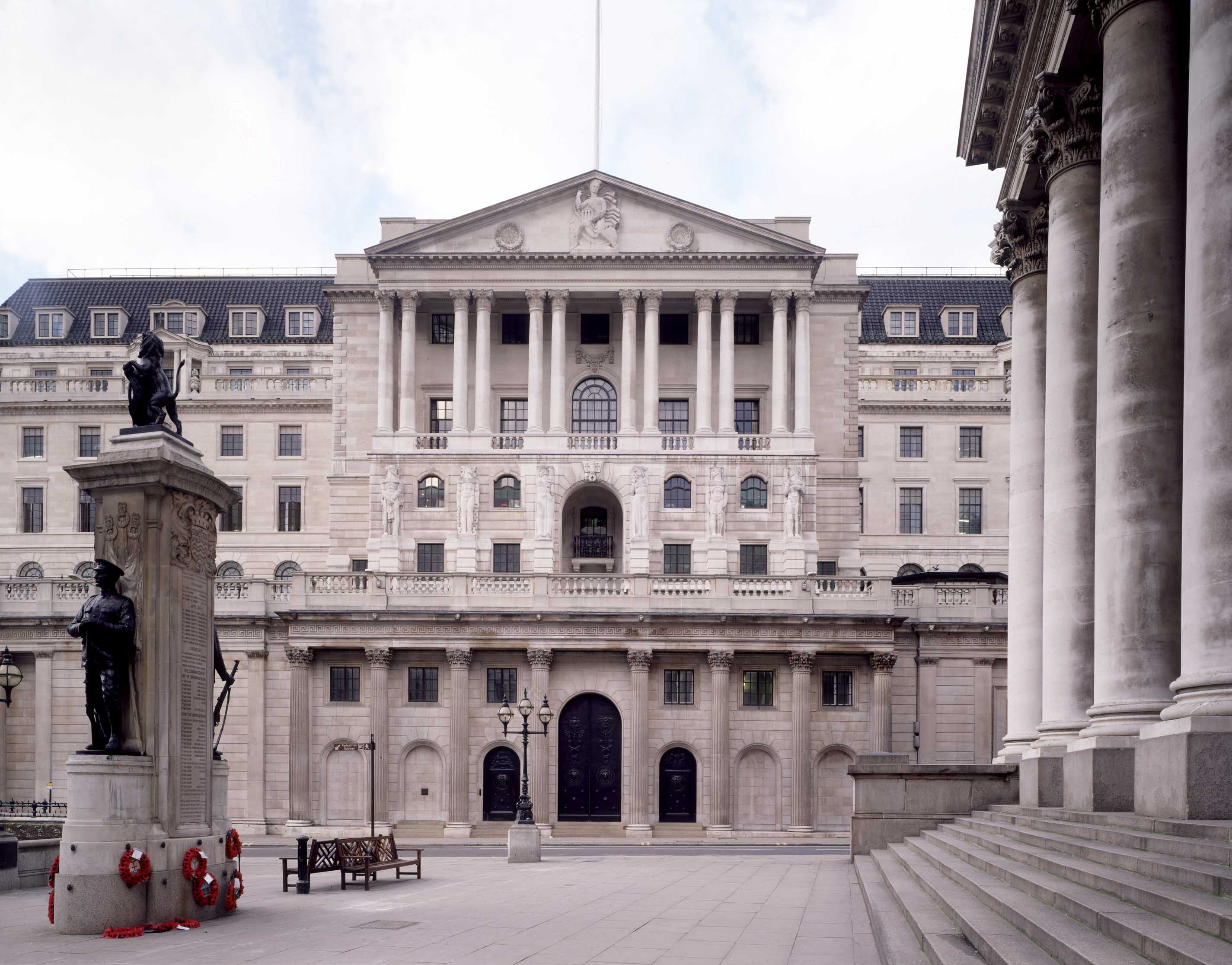Will ‘transitory’ inflation start to be worryingly persistent soon?
2nd July 2021 14:46
by Alex Sebastian from interactive investor
All the talk now is about inflation and its impact on interest rates and the economy. We look at whether investors should be worried.

Inflation is perhaps the most crucial metric in economics, and as we hit the halfway point in 2021 it is concerning investors and economists in a way not seen before.
The pandemic and related lockdowns in the US, UK and around the world had a profound effect on economies and we are yet to fully understand all the implications.
The last time the world saw a pandemic that was remotely comparable was the 1918 Spanish flu. Even that does not necessarily give us much to go on because the world and its economy were completely different then, and there were no lockdowns of the kind we have seen recently.
The talk coming out of the Bank of England, Federal Reserve and other central banks is of ‘transitory’ inflation. That is to say; a relatively short period of price rises caused by a spike in demand as lockdowns end.
Something can only be considered transitory for so long though, and it is a very ill-defined concept.
- How to invest: why you can’t ignore inflation
- Here’s how inflation slowly but surely erodes your wealth
- The trading strategy to beat UK inflation menace
Energy prices are a key driver of inflation in many scenarios, but particularly when the global economy is quickly moving from much reduced travel and transportation of goods back to more normal levels. Industrial activity is also firing back up and sucking in significantly more power.
Departing Bank of England chief economist Andy Haldane has struck a very cautionary tone recently. He warned the economy is ‘surfing as high a wave as any in its history’ and said he expects inflation to be near 4% by the end of the year, which is double the Bank of England’s target.
Other economists such as Sanjay Raja of Deutsche Bank are already warning that inflation is getting ahead of expectations.
“It's clear that coming into 2021 we underestimated the strength and persistence of inflationary pressures,” he said.
“Where we previously saw headline CPI [consumer price inflation] peaking at 2.2% year on year with risks fairly balanced, our updated forecasts have CPI peaking at 3.2%. with risks tilted still to the upside. For RPI, we see the annual rate peaking closer to 4.5% year on year.”
“Beyond 2021, we expect a little bit of persistence remaining in the inflation data owing to a few structural factors that should, on balance, be more inflationary for the UK outlook.”
As a result, Deutsche pushes up its inflation forecast for 2022 and 2023 CPI to 2.3% and 2% year-on-year (annual average), respectively, from 1.7% and 1.9% at the start of the year.
As well as energy, Raja points to the service sector as a major factor. “Concentrated price rises in services, particularly within catering, personal and leisure services as wage pressures in those industries have picked up by more than we previously anticipated,” he noted.
- Ian Cowie: four inflation-beating trusts yielding 4.5% or more
- Stockwatch: an inflation survival plan for investors
Raja does not see a quick end to the inflationary pressure, in contrast to proponents of the ‘transitory’ theory. If anything, he sees inflation rising further from here.
“Risks are skewed to a stronger rebound in prices. Stronger pass-through of input price pressures, longer and tighter bottlenecks, and entrenched pay rises are three key risks to our inflation outlook. Indeed, survey data, thus far, is consistent with inflation peaking closer to 4% year on year.
“Should these risks crystalise, the expected unwind in price pressures will likely take longer, leaving headline CPI above target until perhaps the end of next year.”

Richard Hunter, head of markets at interactive investor, noted the rising inflationary pressure in the labour market and manufacturing sector.
“Inflationary concerns continue to bubble under the surface. Although in abeyance for the moment, this could be short-lived as the economic data continues to point towards excess demand as growth kicks in, with supply struggling to keep pace,” he said. “As such, a further switch into cyclical, value stocks underpins a flip-flop from investors trying to position themselves for all eventualities.”
“There is also mounting evidence that a shortage of labour could imply that wage inflation is on the way. This follows on from a recent US reading of manufacturing activity which remained positive, but at a lighter clip than the previous month, partly fuelled by a lack of available workers.”
“Even so, the fact remains that for the moment the Fed is retaining its accommodative stance, with the likelihood of tapering and particularly interest rate rises not on the immediate horizon,” Hunter continued. “Complemented by the multi-trillion dollar stimulus packages being introduced by the White House, conditions are set fair for further economic recovery.”
- Bill Ackman: I think this could be the Black Swan event of 2021
- Take control of your retirement planning with our award-winning, low-cost Self-Invested Personal Pension (SIPP)
“Current sentiment was also lifted by some dovish comments from the Governor of the Bank of England, echoing the Fed’s view that inflation is likely to rise from here before falling away once more in a temporary spike.”
“At the same time, there were also similar themes emerging from UK manufacturing data, with growth being hampered by issues with supply chains, raw materials and distribution issues.
Nonetheless, as the UK approaches “freedom day” on 19 July, other parts of the economy will at last be able to join in with the general recovery. Markets have been soothed by reassuring noises from the central banks of late, but the next few months will be critical in determining the strength of inflationary pressures.”
These articles are provided for information purposes only. Occasionally, an opinion about whether to buy or sell a specific investment may be provided by third parties. The content is not intended to be a personal recommendation to buy or sell any financial instrument or product, or to adopt any investment strategy as it is not provided based on an assessment of your investing knowledge and experience, your financial situation or your investment objectives. The value of your investments, and the income derived from them, may go down as well as up. You may not get back all the money that you invest. The investments referred to in this article may not be suitable for all investors, and if in doubt, an investor should seek advice from a qualified investment adviser.
Full performance can be found on the company or index summary page on the interactive investor website. Simply click on the company's or index name highlighted in the article.